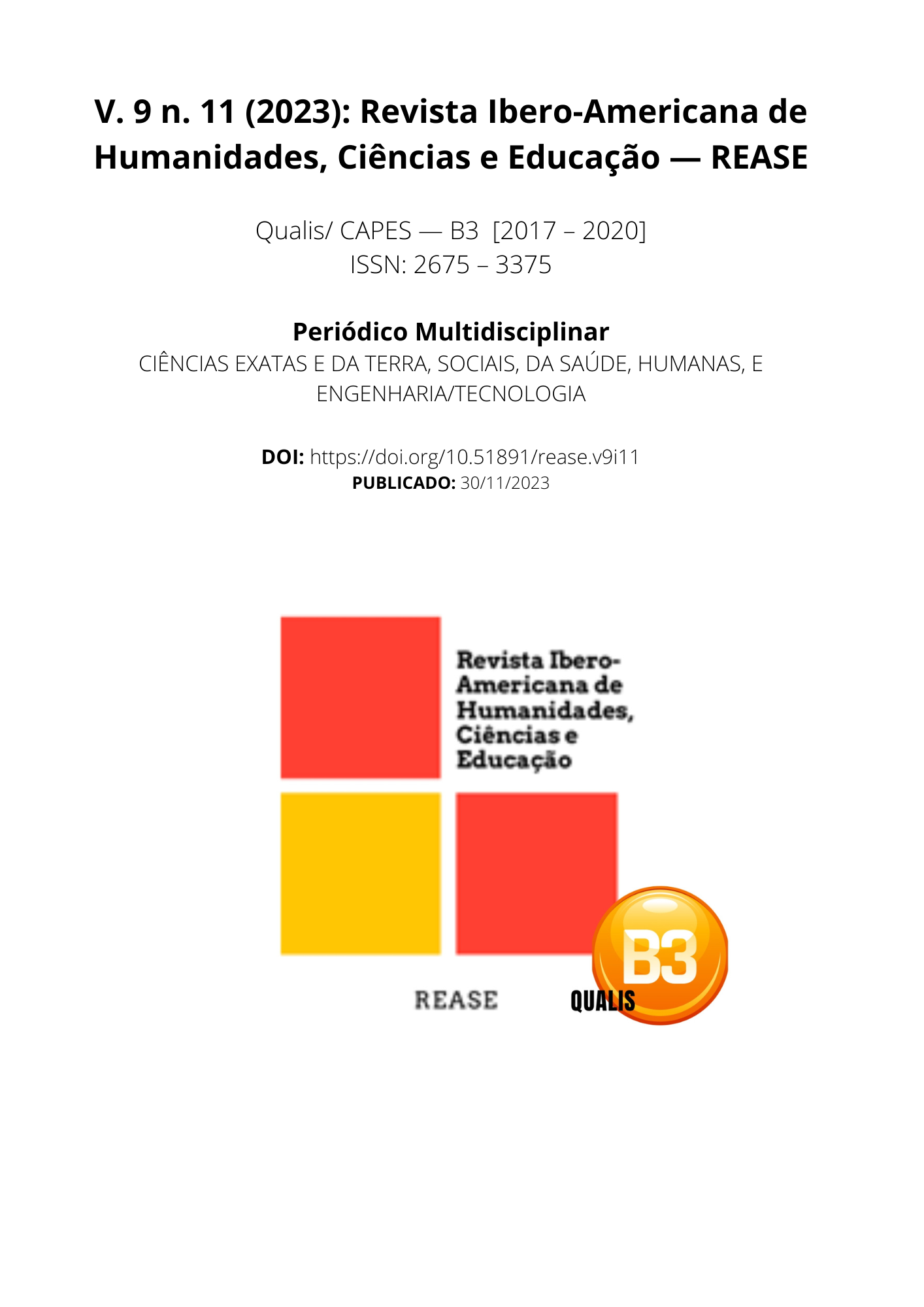THE "NEW CANGAÇO": TYPICAL FRAMEWORK AND UNFOLDING OF THE CRIMINAL FACT IN THE LIGHT OF THE LEGAL SYSTEM
DOI:
https://doi.org/10.51891/rease.v9i11.12414Keywords:
Bank robbery. legislative innovation. New cangaço. Public security.Abstract
This paper seeks to introduce the reader to the criminal phenomenon of the new cangaço, explaining the genesis of bank robberies in Brazil and how they evolved until they culminated in the new cangaço, as well as describing the modus operandi of the criminal gangs involved in these actions. It also clarifies the origin of the term "new cangaço" and what similarities there are between the cangaceiros of the 21st century and the criminal groups that acted in the first half of the 20th century in the regions of the northeastern hinterland, with Virgulino Ferreira da Silva, nicknamed Lampião, as their main exponent. In addition, the actions taken by the legislature and the stance of the judiciary in the face of the serious public security problem caused by attacks on financial institutions are addressed. Finally, an analysis is made of whether the existing crimes in the country's legal system are sufficient for the appropriate typical normative framework or whether it is necessary to issue a new criminal type with elements compatible with the characteristics of the new cangaço. The research method used was bibliographical, with research into case law and doctrine on the subject.
Downloads
Downloads
Published
How to Cite
Issue
Section
Categories
License
Atribuição CC BY

